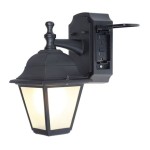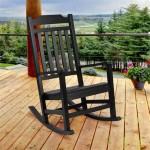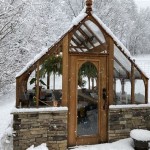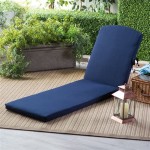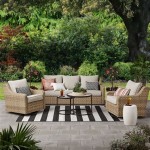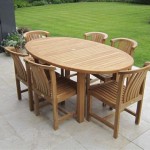What Wood Is Best for Outdoor Furniture
Outdoor furniture endures harsh conditions, from scorching sun and driving rain to freezing temperatures and insect infestations. Choosing the right wood is crucial for ensuring longevity and minimizing maintenance. This article explores the best wood options for outdoor furniture, considering durability, weather resistance, and aesthetic appeal.
Durability and Rot Resistance
The primary concern for outdoor furniture is resistance to rot and decay caused by moisture. Certain wood species possess natural properties that make them exceptionally durable in outdoor environments. These properties often stem from high density and natural oils or resins that repel water.
Teak is renowned for its exceptional durability and natural weather resistance. Its high oil content and tight grain make it remarkably resistant to rot, decay, and insect damage. This makes teak furniture a long-term investment, requiring minimal maintenance and lasting for decades even in harsh climates.
Another highly durable option is cedar. Specifically, Western Red Cedar is prized for its natural resistance to decay and insects. Its aromatic scent is a bonus, adding a pleasant fragrance to outdoor spaces. Cedar is lighter than teak, making it easier to move and rearrange furniture.
Ipe, also known as Brazilian Walnut, is an incredibly dense and durable hardwood. Its resistance to rot, insects, and weathering is exceptional, making it a popular choice for high-end outdoor furniture. Ipe's density also contributes to its strength and stability, ensuring furniture can withstand heavy use.
Maintenance and Care
While some woods are naturally more weather-resistant than others, regular maintenance is essential to prolong the life of any outdoor furniture. The level of maintenance required varies depending on the wood species and the local climate.
Teak requires minimal maintenance. Regular cleaning with mild soap and water is usually sufficient. While teak can develop a silvery-gray patina over time, this is purely aesthetic and does not affect the wood's structural integrity. Applying teak oil can restore the original golden-brown color if desired.
Cedar requires slightly more maintenance than teak. Sealing cedar furniture with a water-repellent sealant every one to two years helps to protect it from moisture damage and maintain its color. Regular cleaning is also recommended to remove dirt and debris.
Ipe, like teak, is relatively low-maintenance. Cleaning with soap and water is usually sufficient. Applying a UV-protectant oil can help to maintain its rich color and prevent fading caused by sun exposure.
Cost and Availability
The cost of outdoor furniture wood varies significantly depending on the species and the source. Availability can also be a factor, particularly for exotic hardwoods.
Teak is generally considered a premium wood and is often priced accordingly. Its exceptional durability and low maintenance requirements justify the higher cost for many consumers.
Cedar is typically more affordable than teak, making it a good option for those seeking a balance between durability and cost-effectiveness. Western Red Cedar is widely available in North America.
Ipe is a high-end hardwood and is often the most expensive option among the three. Its exceptional density and resistance to weathering make it a valuable investment for those seeking long-lasting outdoor furniture.
Sustainability Considerations
When choosing wood for outdoor furniture, it's important to consider the environmental impact. Opting for sustainably harvested wood helps to protect forests and minimize the impact on ecosystems.
Look for certifications such as the Forest Stewardship Council (FSC) certification, which indicates that the wood comes from responsibly managed forests. Supporting sustainable forestry practices ensures that future generations can enjoy the benefits of healthy forests.
Reclaimed wood is another sustainable option. Using reclaimed wood from old buildings or structures diverts waste from landfills and reduces the demand for newly harvested timber. Reclaimed wood often has a unique character and patina, adding a distinctive touch to outdoor furniture.
Other Wood Options
While teak, cedar, and ipe are popular choices, other wood species can also be used for outdoor furniture. These include redwood, cypress, and white oak. Each wood type has its own unique characteristics in terms of durability, maintenance requirements, and cost.
When choosing a wood type, carefully consider the local climate and the intended use of the furniture. Researching different wood species and their properties can help you make an informed decision and select the best wood for your specific needs.

The Best Wood For Outdoor Furniture Solved Bob Vila

What Is The Best Wood For Outdoor Furniture Tampa Bay Salvage

Outdoor Furniture Wood Types Buyer S Guide Luxury

9 Mighty Woods For Outdoor Projects Wood

Cedar Vs Pine Which Is Best For Outdoor Furniture Timber To Table

Choosing The Best Wood For Outdoor Furniture Authenteak

How To Choose The Best Wood For Patio Furniture Productions

The Best Solid Wood Furniture For Outdoors Countryside

The Best Wood For Outdoor Furniture And No It S Not Teak Luxury

How To Choose The Best Wood For Patio Furniture Productions

